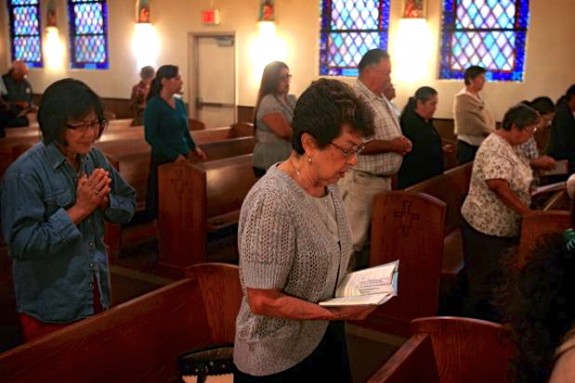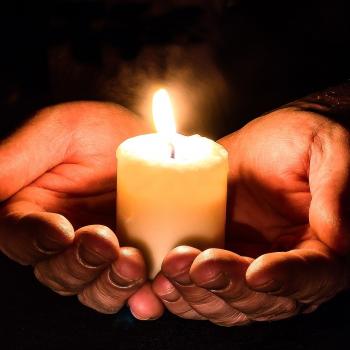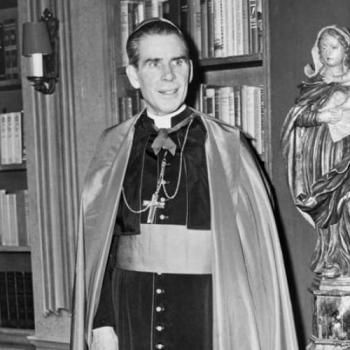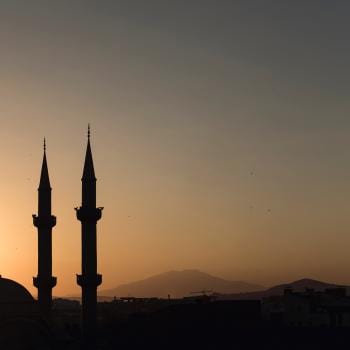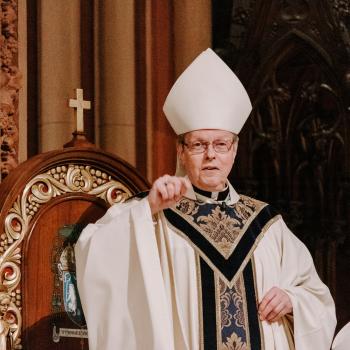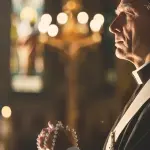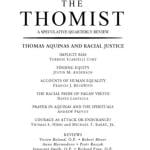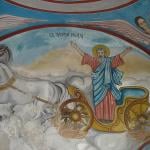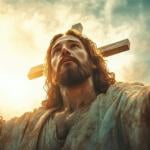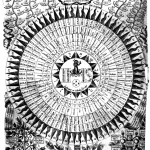It may be one of the great success stories—growing 300% in 20 years, to become the U.S.’s fifth largest diocese. Details:
There are nearly 1.6 million Catholics in the Diocese of San Bernardino, which encompasses Riverside and San Bernardino counties, the diocese estimates. That’s nearly triple the number as in 1993, when with just over 562,000 parishioners San Bernardino was the 24th biggest diocese, according to the 2013 Official Catholic Directory.
“It’s heartening to see these numbers,” said John Andrews, spokesman for the diocese. “On the other hand, we have a bigger job serving the people and making sure they’re alive in their faith.”
The huge growth in parishioners is mostly due to the dramatic increase in the Inland Empire’s Latino population, he said.
As some dioceses in the Northeast and Midwest have seen a drop in parishioners in the past few decades and churches there have closed their doors, in the Inland area many Masses – especially Spanish-language ones – attract standing-room-only crowds.
More than a third of the Masses in the San Bernardino diocese are in Spanish, a significant increase from two decades ago, Andrews said. Latinos also are an increasing proportion of parishioners at English-language Masses in some churches.
In recent years, several parishes have either replaced their original buildings with larger churches or built expansions. Twenty-one of the diocese’s 91 parishes are planning new buildings or expansions.
…As elsewhere, the San Bernardino diocese has increasingly relied on laypeople to lead prayer groups and catechism classes, conduct Bible readings during Mass and assist in holy communion.
Lay leaders are critical to the growth of the church – and to prevent people from leaving it, said professor Timothy Matovina, executive director of the Institute for Latino Studies at the University of Notre Dame.
“You can get a lot of Hispanics in, but if you don’t do something to keep them in the church, they’ll go to other religions or simply won’t practice any religion,” he said.
Matovina praised Bishop Gerald Barnes for making lay-leader training such a high priority.
“The lay leadership Bishop Barnes has got in that diocese is phenomenal,” Matovina said. “It’s really a model diocese in the way they grow leaders.”
Matovina said the diocese’s ability to respect and honor the different cultural traditions of its parishioners – including approaches to prayer and worship – and at the same time bring people together in a unified church also is key to its success.
And check out the interactive map, showing the largest U.S. dioceses (Brooklyn ranks #8.)

